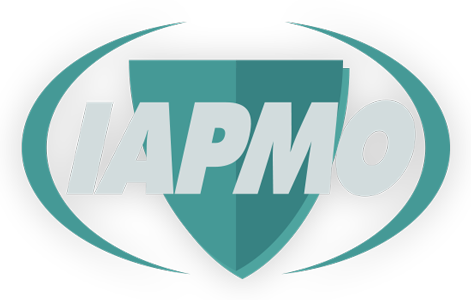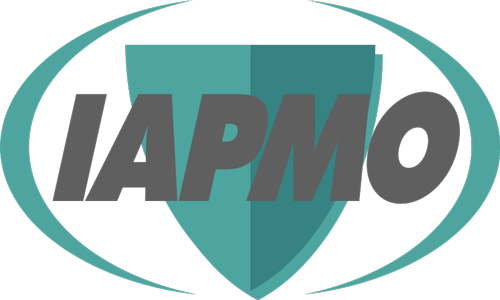DISASTER MITIGATION + RECOVERY
Every $1 spent on mitigation in new code construction saves $11 in disaster repair and recovery costs.
Disaster resilience planning needs to include plumbing resiliency. The easiest way for municipalities to mitigate post-disaster human suffering and ensure water quality and availability is to build plumbing resiliency into building codes before disaster strikes.
The IAPMO Uniform Plumbing Code (UPC) and Uniform Mechanical Code (UMC) contain important hazard-resistant provisions related to drought, earthquakes, fires, floods, storm surges, energy surges, and wind, which meet or exceed FEMA requirements for federal reimbursement.
It doesn’t take much for a natural disaster to turn into a water crisis. Weeks after power was restored to Texans impacted by the 2021 Winter Storm Uri, hundreds of thousands of Texans still didn’t have running water.
The UPC has the lowest possible lifetime costs while also addressing:
- Protection of Piping and Structures
- Fire
- Protection of Buried Piping
- Piping Supports
- Flooding
- Drought/Leak Detection
- Wind
- Heatwaves/UV Protection
- Blizzards/Freeze Protection
- Earthquake/Earth Movement
- Contamination of Water
- Best Practices for Properly Installed Systems
- Legionella Control
The UMC takes several approaches to address risks posed by various hazards events, and disasters, including:
- Resilient heating, cooling, and ventilation systems
- Emergency lighting
- Protect equipment from snow and ice
- Duct and pipe insulation
- Reduce vulnerability to wind damage
- Flood prevention
- Protection from extreme heat or cold that can take a toll on a building’s mechanical system
- Resilience to power outages
- Resilience to rot, mold, and mildew
- Food safety and preservation (walk-in coolers and freezers)
- Air leakage prevention
- Renewable energy – Solar and Geothermal
- Seismic straps, hangers, and supports
- Leak detection (refrigerant and fuel gas)
- Flood protection
- Overflow protection
- Drainage
- Noncombustible materials
- Fire-resistant materials
- Protection of potable water
Disaster Resilience Provisions in the UPC vs. the IPC
The threat of Legionella and leak detection systems–two of the biggest challenges identified by several plumbing organizations–are not even addressed in the ICC’s International Plumbing Code (IPC).
Nor does the IPC address strapping requirements of water heaters in seismic areas to prevent them from falling and causing injury.
Learn more about the differences between the IPC vs. the UPC here.
Disaster Resilience Provisions in the UMC vs. the IMC
The UMC addresses requirements for buried piping, while the ICC’s International Mechanical Code (IMC) does not address buried piping.
The UMC includes strategies for protecting structures and occupants, including provisions associated with wind and rain loads, protecting openings from debris and pests, preventing water intrusion, and provisions for building enclosures–including walls and roofs–to help with wind resistance.

